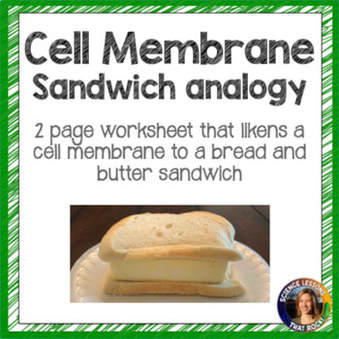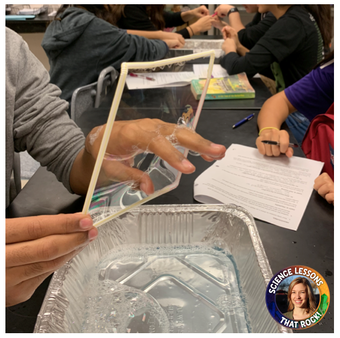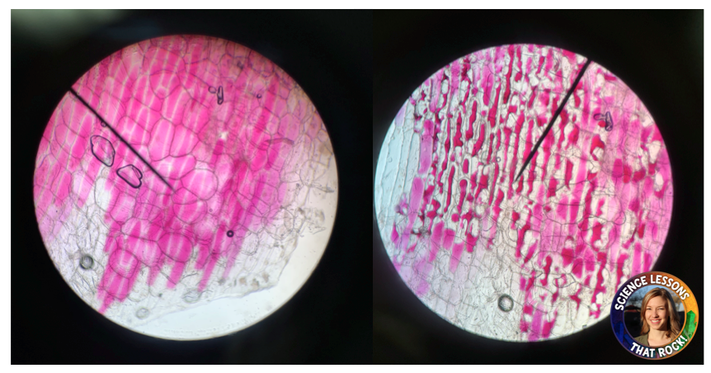There are a ton of lab options you can do for students to understand the structure and properties of the cell membrane. Check out these 10 resources you can implement in your classroom:
MEMBRANE PROPERTIES & STRUCTURE
1. Visualizing the Membrane: Using analogies really helps students visualize the cell membrane in their head. I read this analogy a few years ago in a book by Dr. Bruce Lipton and have been using it ever since. I tell the students the cell membrane is like a bread and butter sandwich. If I poured water on top of the sandwich, what would happen? Students can recognize that the water would only soak through the bread and stop at the butter layer. Since students already learned about lipids being hydrophobic from our macromolecule unit we circle back to that discussion. Click here if you would like to check out a worksheet that goes with this analogy.
4. Carrot lab: This lab is great for middle school students to understand osmosis. In this activity, students will soak a baby carrot in fresh water and salt water overnight and observe any changes to it’s physical appearance and mass. (You can use celery, potatoes, or any other vegetables you have on hand). I prefer using vegetables over gummy bears (Which is a teacher favorite) because vegetables are actually made out of cells.
Don’t forget that many of the amoeba sisters videos have worksheets to accompany the lesson. They can be found here.
10. Cell membrane close reading: One thing students tend to struggle with is understanding how the cell receives and responds to signals. When we use the term “environment” students think about the outdoors… but the environment for a cell is the conditions inside our bodies. I wrote this close reading article to help students understand how the cell receives and responds to signals, and how genes can be turned on and off. It is a great segue into genetics because it introduces the topic of epigenetics.
I hope you have a great cells unit and your students have a blast with some of these labs!















